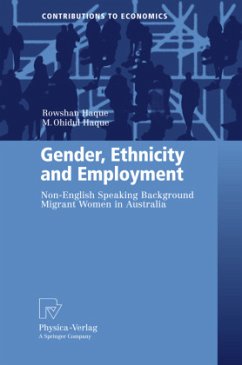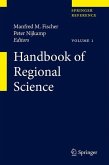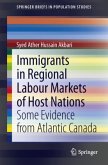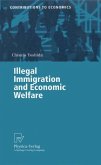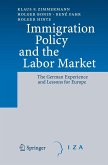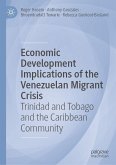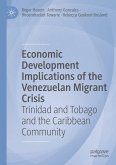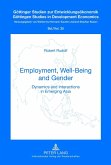This book provides an empirical investigation of the employment status of Non- English-Speaking Background (NESB) and Australia-born women. The analysis adds to the work of Australian authors who have found that NESB women are und- represented in occupations that have relatively high pay and congenial working conditions, and are over-represented amongst the unemployed. This study dev- ops a de?nition of primary sector employment from the occupation categories in the 1996 Census, and uses the ANU2 occupational prestige scale and earnings data from the Census. The book constructed univariate probit models for labour market participation, and primary sector employment and unemployment for both groups of women. The models were estimated using the 1% sample from the 1996 Australian C- sus. The Census provided useful information regarding labour market status and a range of human capital and demographic variables that were relevant to the ana- sis. These models suggested that NESB women faced disadvantages in the labour market if they had poor English language skills or had arrived in Australia comp- atively recently. The models tended to support the works of other authors who have found that education and labour market experience were signi?cant in improving the labour market position of individuals.
From the reviews: "This book analyzes the likelihood of three labor market outcomes ... for immigrant women from non-English-speaking countries ('NESB women'), and compares them with women born in Australia. It will primarily interest scholars who study immigration, gender, and labor markets. ... The most valuable parts of the book are the survey of other studies and the tables that show the probit coefficients, p-values, and elasticities at the means." (Cordelia W. Reimers, Feminist Economics, Vol. 17 (2), 2011)

